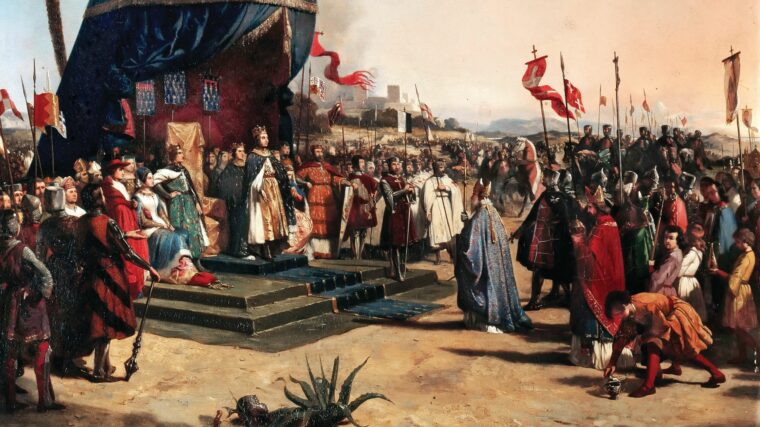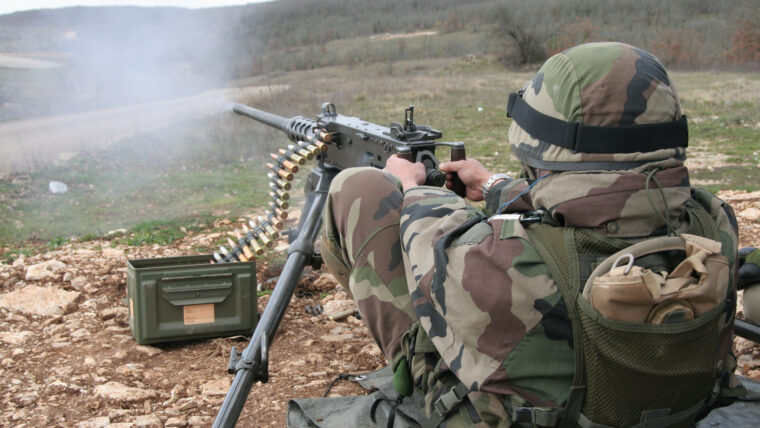
The Battle of Al Mansourah and the Seventh Crusade, 1251
By Douglas SterlingAfter a century and a half of efforts—with mixed success—by Western Europe to seize control of the Holy Land, the Seventh Crusade of 1250 led by Louis IX of France was the last best chance to change the political and military situation in the Eastern world before the Reformation. Read more






















